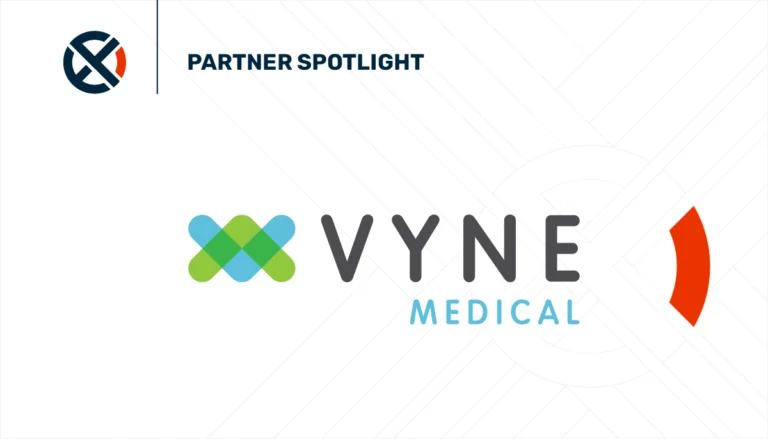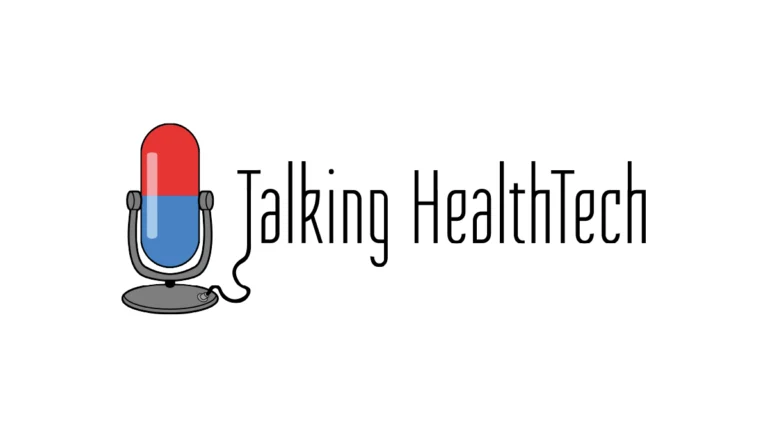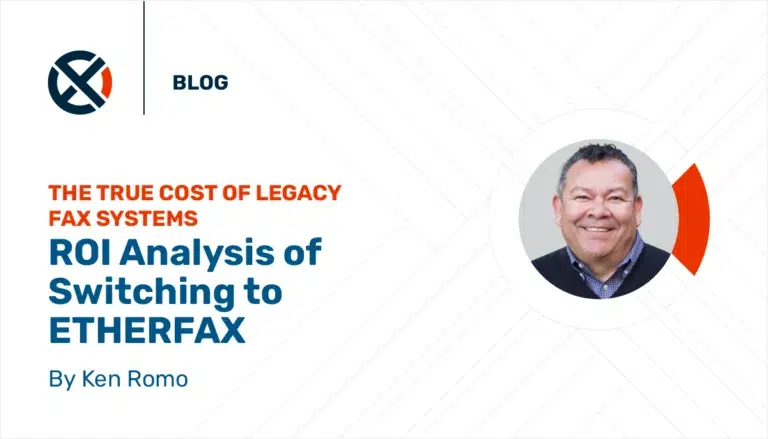Why Secure Document Exchange Matters in 2025 and Beyond
As we continue to embrace digital transformation across every industry, the need to protect sensitive information during data transmission has never been greater. From healthcare and finance to logistics and legal services, organizations exchange vast amounts of confidential data daily. This could include patient records, contracts, invoices, intellectual property, and more—all of which are vulnerable if not protected by the right security measures.
Data breaches are not just IT issues—they’re business, legal, and reputational risks. The average cost of a data breach has soared to millions of dollars, and the fallout can impact customer trust, regulatory compliance, and even business continuity.
To safeguard operations and uphold trust, organizations must adopt a secure document exchange strategy. Cloud-based fax solutions offer a modern and compliant way to transmit digital documents without compromising data security.
The Evolution of Document Exchange: From Fax to Digital Solutions
The way we share documents has drastically changed over the years. In the past, businesses relied heavily on physical mail, courier services, or analog fax machines to exchange contracts and records. While those methods provided a tangible audit trail, they also came with inefficiencies and risks: delays, loss, and limited security.
As digital transformation took hold, new technologies such as Electronic Data Interchange (EDI) and API-based integrations allowed for real-time, automated document exchange between systems. These methods not only improved speed and accuracy but also created opportunities to embed secure file sharing directly into workflows.
However, while these innovations brought convenience, they also introduced new security challenges. Sending sensitive files via unsecured channels or relying on outdated infrastructure can expose sensitive data to interception or unauthorized access. Without encryption, user authentication, or audit trails, organizations risk non-compliance with regulations like HIPAA, GDPR, and CCPA.
Risks of Unsecured Document Transmission
Despite advancements in technology, many businesses still rely on legacy systems or unsecured methods to exchange documents. These outdated practices leave organizations exposed to a variety of threats:
- Data Breaches: Sending confidential data without proper encryption or access controls can result in interception by cybercriminals.
- Compliance Violations: Industries like healthcare, legal, and finance face strict rules around data protection. Non-compliance can lead to hefty fines and legal consequences.
- Loss or Corruption of Data: Without reliable delivery confirmation or audit trails, documents can be lost, duplicated, or corrupted in transit.
- Internal Threats: Employees can mistakenly attach the wrong files or share documents with unauthorized parties, causing a common (and often costly) source of data leaks.
A robust secure document management approach—one that covers both transmission and storage—is essential to avoid these pitfalls.
How ETHERFAX Ensures Document Security
At ETHERFAX, data security is not an afterthought—it’s built into the foundation of the platform. ETHERFAX provides a secure exchange network designed specifically to handle digital documents that contain sensitive information, ensuring they’re delivered safely, quickly, and reliably.
Key ETHERFAX Security Measures Include:
- End-to-End Encryption: All documents transmitted through ETHERFAX are encrypted in transit and at rest so they remain secure from origin to destination.
- Secure Exchange Network (SEN): A proprietary secure exchange network connects authorized endpoints using secure protocols, avoiding the vulnerabilities of traditional internet transmission.
- Redundant Infrastructure: High availability and fault-tolerant architecture ensure zero document loss and uninterrupted service—even during outages.
- Audit Trails and Logging: Detailed logs of every document transmission provide full traceability and support for compliance audits.
- Role-Based Access Control: Only authorized users and systems can access or transmit documents, ensuring sensitive data stays protected.
ETHERFAX also supports API integrations and EDI formats, enabling real-time document exchange with modern enterprise platforms and document management systems.
Compliance and Regulatory Considerations
In today’s digital landscape, regulatory compliance isn’t optional—it’s essential. From HIPAA and HITRUST in healthcare to SOC 2 and GDPR for global businesses, organizations are under constant pressure to prove that they are protecting confidential data at every stage.
A secure document exchange platform, like ETHERFAX, not only ensures technical safeguards like encryption and access control but also supports the administrative and procedural controls required for regulatory compliance. Our platform helps organizations:
- Demonstrate compliance with industry regulations
- Streamline audit preparation with detailed transmission logs
- Minimize risk by eliminating unsecured communication channels
Whether you’re operating in a regulated industry or simply want to follow data management best practices, ETHERFAX helps you build trust with clients, partners, and regulators alike.
Frequently Asked Questions about Document Security FAQS
Why is document security important?
Document security is critical for protecting sensitive information, ensuring business continuity, and maintaining compliance with legal and industry regulations. Without it, organizations face risks ranging from data breaches to reputational damage.
Why is secure file transfer important?
Secure file sharing prevents unauthorized access to confidential data during transmission. It ensures documents are only viewed by intended recipients and reduces the risk of interception or tampering.
What is the importance of file security?
File security safeguards digital files from threats like theft, corruption, or accidental deletion. In the business world, secure files help protect intellectual property, financial data, customer records, and contracts.
What is digital document security?
Digital document security refers to the technologies and policies that protect digital documents throughout their lifecycle—from creation and storage to sharing and archiving. It includes encryption, access controls, secure storage, and audit logging.
The Business Benefits of Secure Document Exchange
A strong secure document management solution offers more than just protection—it also improves business agility and performance. Industry-leading solutions can:
- Boost Productivity: Automating document workflows through APIs or EDI reduces manual tasks and speeds up processing time.
- Improve Vendor and Partner Relationships: Fast, reliable, and secure file sharing builds trust and accelerates collaboration.
- Enable Remote Work: With digital tools in place, employees can safely share and access documents from anywhere.
- Reduce Costs: Minimize the risk of fines, downtime, and data loss associated with data breaches or compliance failures.
Your Trusted Partner for Digital Document Security
In the digital age, protecting sensitive information during transmission is a critical priority. As organizations continue to adopt cloud services, remote work, and automated workflows, the need for secure document exchange will only grow.
ETHERFAX provides the infrastructure, integrations, and security needed to safeguard your digital documents—helping your organization move faster, stay compliant, and maintain customer trust. Whether you’re modernizing your document management system or replacing outdated fax infrastructure, ETHERFAX is your trusted partner for secure, scalable communication.






